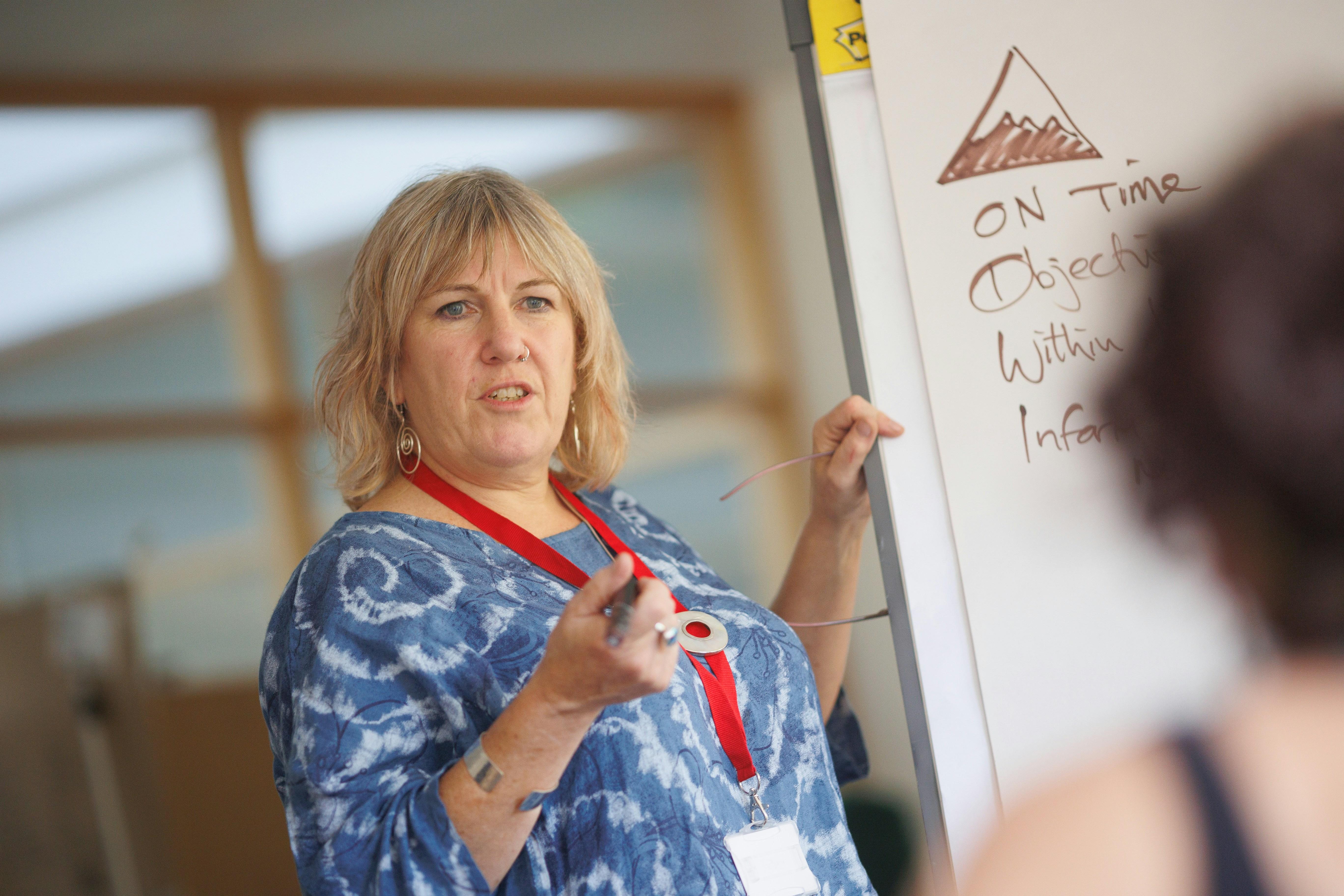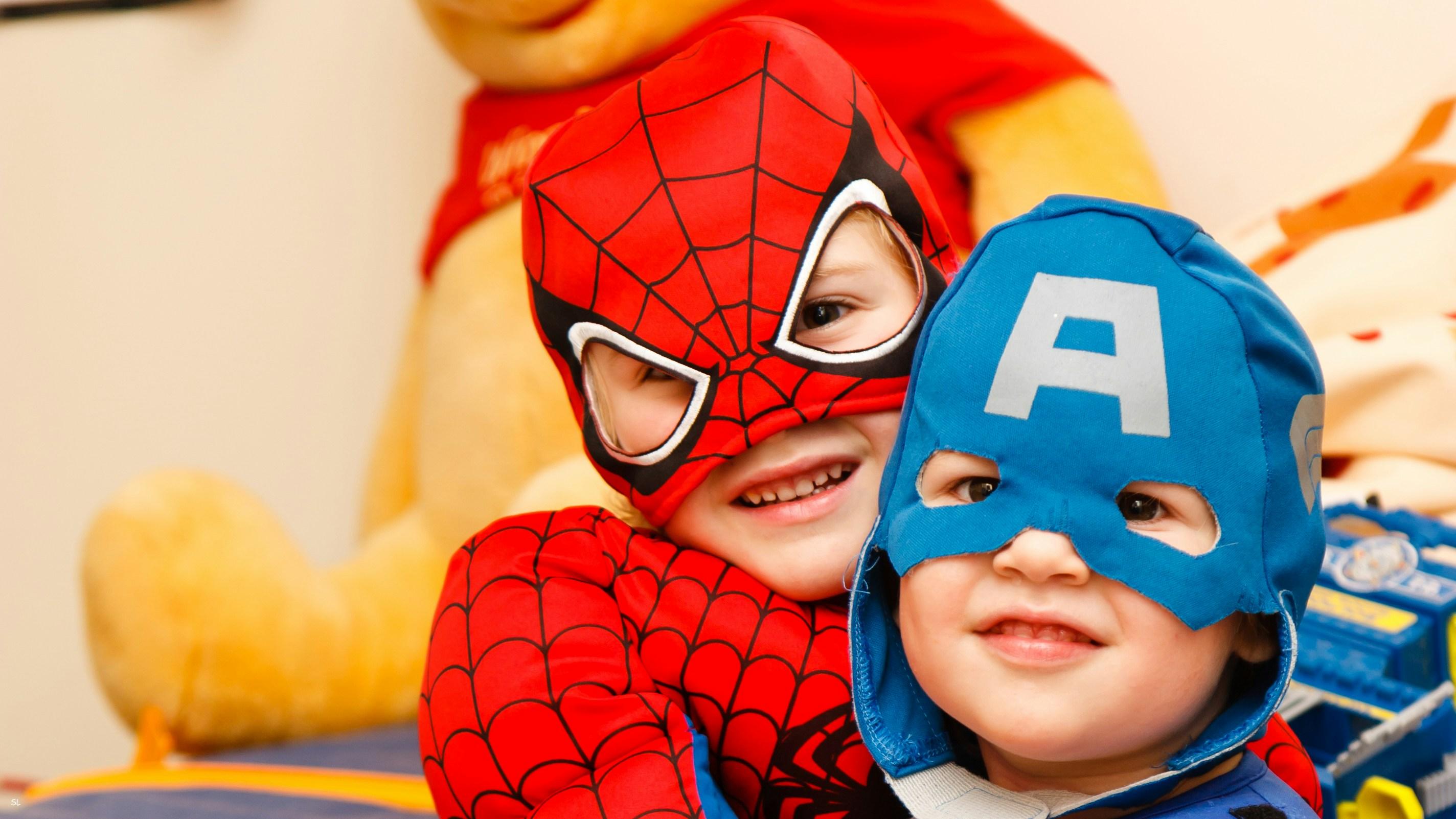In recent years, animated content for children has surged in both popularity and diversity, captivating young audiences across the globe. This vibrant medium, with its colorful visuals and engaging narratives, often serves as a primary source of entertainment for kids. However, this widespread appeal raises an important question: Is the focus on entertainment overshadowing educational value in children’s animation? As parents, educators, and content creators grapple with balancing fun and learning, it becomes crucial to examine the current landscape of animated content. This article delves into the intricate dynamics between entertainment and education in children’s animation, exploring whether the scales are tipped too heavily in favor of amusement at the expense of developmental enrichment.
Balancing Fun and Learning in Childrens Animation
In the world of children’s animation, finding the perfect blend between amusement and education is crucial. While it’s undeniable that vibrant visuals and catchy tunes captivate young audiences, the underlying question remains: Are these shows offering more than just entertainment? Many parents and educators argue that animated content often leans heavily on fun, leaving educational value in the background.
To strike a balance, creators can incorporate elements such as:
- Interactive Storytelling: Engaging narratives that invite children to think critically and make predictions.
- Real-World Lessons: Themes that introduce basic concepts in science, math, or social skills.
- Character Development: Characters who model problem-solving and emotional intelligence.
By integrating these components, animations can become a powerful tool for learning, ensuring that entertainment and education go hand in hand.
Analyzing Educational Value in Popular Kids Shows
In recent years, the landscape of children’s television has evolved, with many animated shows straddling the line between entertainment and education. While some argue that the primary focus is on keeping young viewers entertained, others highlight the subtle educational elements embedded within these programs. To understand the educational value of these shows, we can explore several key aspects:
- Narrative Complexity: Many shows incorporate intricate storylines that encourage critical thinking and problem-solving. By engaging with complex plots, children can develop cognitive skills that are crucial for their growth.
- Character Development: Animated characters often undergo personal growth, teaching children about empathy, resilience, and the importance of making positive choices.
- Interdisciplinary Learning: Some programs seamlessly integrate educational content such as basic math, science concepts, or historical facts, making learning an enjoyable experience without overtly focusing on didactic instruction.
While entertainment remains a dominant factor, it’s clear that many popular kids’ shows incorporate educational elements that can significantly contribute to a child’s development. By striking a balance between fun and learning, these programs can play a vital role in early childhood education.

Strategies for Integrating Education in Animated Content
- Story-Driven Learning: Integrate educational elements seamlessly into the narrative. Characters can face challenges that require them to use math, science, or critical thinking skills, allowing children to learn through the storyline without disrupting the entertainment flow.
- Interactive Elements: Incorporate interactive segments where viewers can participate in problem-solving or decision-making. This can be achieved through apps or complementary digital platforms, encouraging active engagement and reinforcing educational concepts.
- Character Development: Create characters that model positive learning behaviors, such as curiosity, perseverance, and teamwork. When children identify with these characters, they are more likely to emulate these traits in real life.
- Real-World Connections: Link animated scenarios to real-world applications. This can help children understand the relevance of what they are learning, fostering a deeper connection between the content and everyday life.
- Expert Collaboration: Work with educators and child psychologists to ensure that the content is age-appropriate and pedagogically sound. Their insights can help strike the right balance between educational value and entertainment.

Guidelines for Parents: Choosing Quality Animated Programs
When selecting animated programs for children, it’s crucial to balance entertainment with educational value. Parents should look for shows that not only captivate their child’s imagination but also promote learning and development. Here are some key aspects to consider:
- Content Themes: Opt for programs that incorporate positive messages, such as teamwork, empathy, and problem-solving skills.
- Age Appropriateness: Ensure the content is suitable for your child’s age group, both in terms of complexity and subject matter.
- Interactive Elements: Choose shows that encourage participation, whether through songs, questions, or activities that engage your child beyond passive viewing.
- Educational Value: Look for programs that seamlessly integrate educational content, such as basic math, language skills, or cultural awareness, into their storylines.
- Visual and Auditory Quality: High-quality animation and sound can enhance the viewing experience, making it more enjoyable and impactful for children.
By thoughtfully selecting animated programs, parents can ensure that screen time is both enjoyable and enriching, supporting their child’s overall growth and development.



